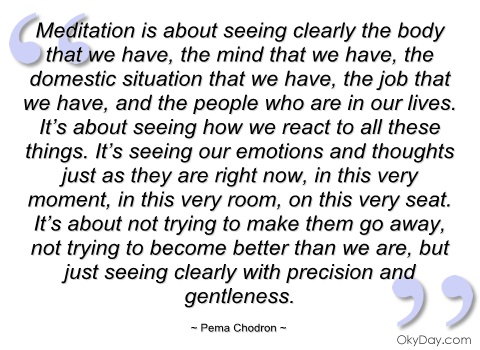
There are many different ways that you can meditate. One of the simplest ways is to sit still in a peaceful place and close your eyes, and focus on your breath. It is a good idea to restrict sensory stimulation (such as sound and light) so that relaxation can occur. Meditation can take on various forms – sometimes it is simply focusing on your breath, or it could be repeating a mantra or prayer, other times it is done walking or with free movement.
Some of the goals of meditation include to learn how to quieten the mind, reduce stress, create inner peace and connect more deeply with your inner self, improve health, deepening the relationship to God/Source/the Universal Divine energy that gives life (or whatever the person’s spiritual beliefs include).

Some clients who already meditate have told us that their experience of Floatation Therapy is very similar to a deep meditation. They have found that the environment of the float tank further enhances their meditation, taking them deeper than ever before.
We have noticed that some people who have never really meditated before, or who say “I’ve tried meditation but my mind is too active” or “I can’t sit still enough to meditate” can find Floatation Therapy a great introduction to meditation.

It appears that some people find this experience of body-mind relaxation a very helpful aid, fast-tracking their ability to learn how to meditate. For others, it can require more practice and time. It truly is an individual journey when it comes to both Floatation Therapy and Meditation, as the journey is about learning, exploring, discovering and eventually mastering various aspects of yourself.
If you would like to learn more about the experience of meditation and Floatation Therapy, why not try it out for yourself? We are open for bookings 7 days!


 RSS Feed
RSS Feed